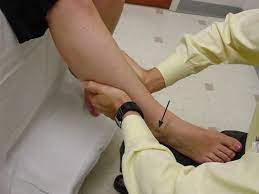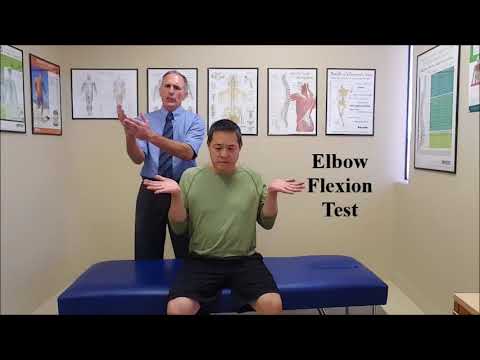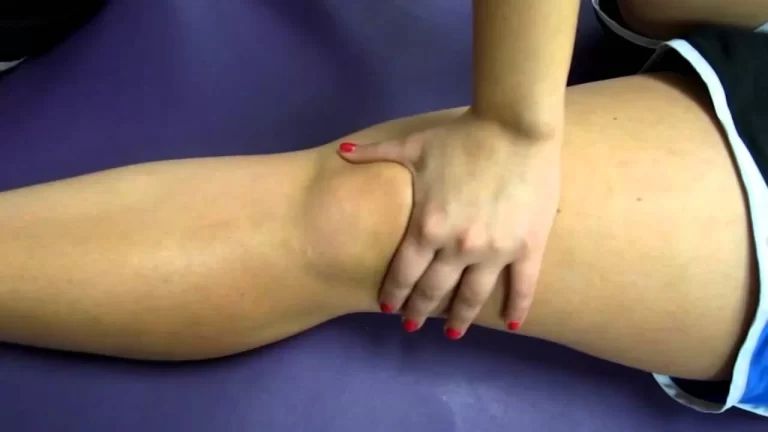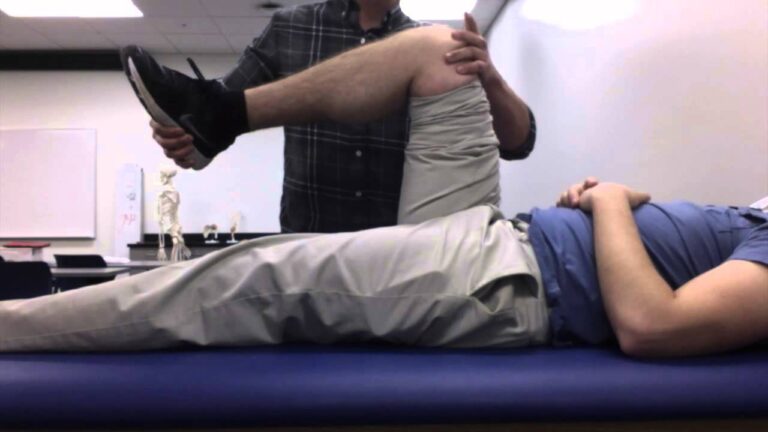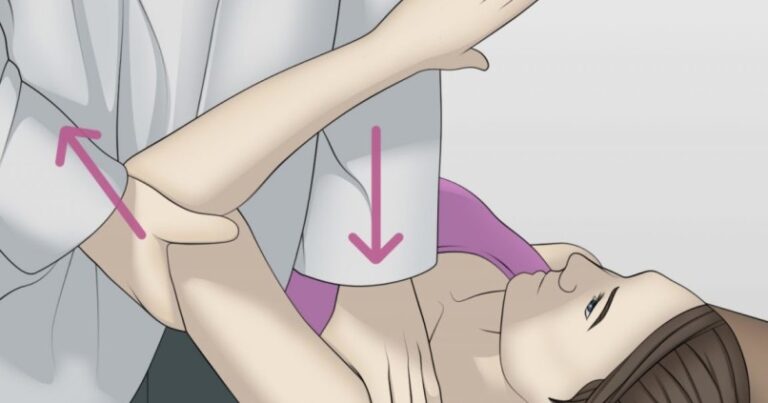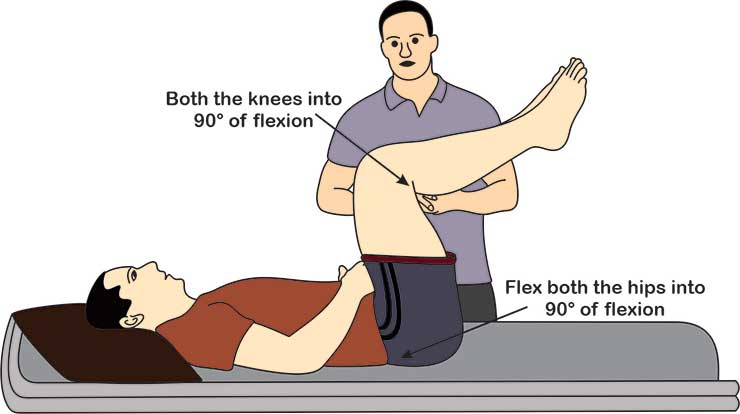Squeeze Test of ankle:
- It is also known as the fibular compression test.
- This test is also available with the ankle external rotation test which is suggested by to literature.
- This test is applied in the clinic to check the ankle sprain.
- This clinical test is applied by a physiotherapist when the patient is complain about ankle pain.
Purpose of the Squeeze Test of ankle:
- This squeeze test is used to check the syndesmotic ankle sprains.
- This squeeze test is also used to check the contusion & compartment syndrome.
How do you perform the squeeze Test of the ankle?
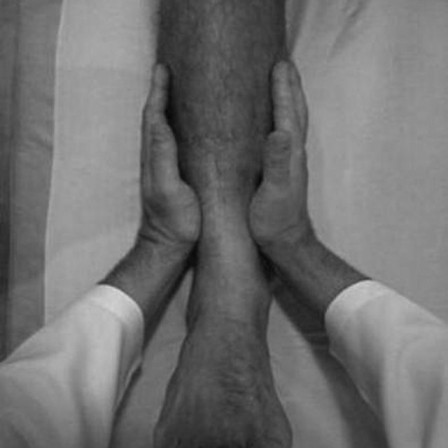
- Starting position for the test is the supine position.
- The examiner grasps the lower leg at mid calf & squeezes the tibia & fibula together.
- Then the examiner applies the same load at more distal locations moving toward the ankle.
What is the result of the squeeze Test of the ankle?
- Pain in the lower leg may indicate a syndesmosis injury, provided that fracture, contusion,&compartment syndrome have been ruled out.
- Brosky & associates called this test the distal tibiofibular compression test.
- In this distal tibiofibular compression test applied to compression over the small oil rather than the shaft of the tibia & fibula.
- Nussbaum, et al. reported that the length of tenderness above the lateral malleolus indicates severity.
What is Evidence of the squeeze Test of the ankle?
- This squeeze test have available to report the reliability of this test is moderate means kappa = 0.50
- According to a study, which is described by to Alonso et al.& according to the study, which is described by to César PC et al
- Result of this test shows :
- Sensitivity of the squeeze Test of the ankle = 30%
- Specificity of the squeeze Test of the ankle = 93.5%
- Which is indicated to be a high ankle sprain.
- Another study:
- Which is described by Sman AD et
- This study is recommended that the specificity of the squeeze Test of the ankle = highest specificity.
- This test is an ideal test that is used to a combination of the sensitivity of the squeeze Test & specific of the squeeze Test signs so that these tests confirm the ankle syndesmosis involvement.
- This study suggests using the dorsiflexion-external rotation stress test along with the squeeze test which is to get a better diagnosis along with the other symptoms of the syndesmosis injury.

